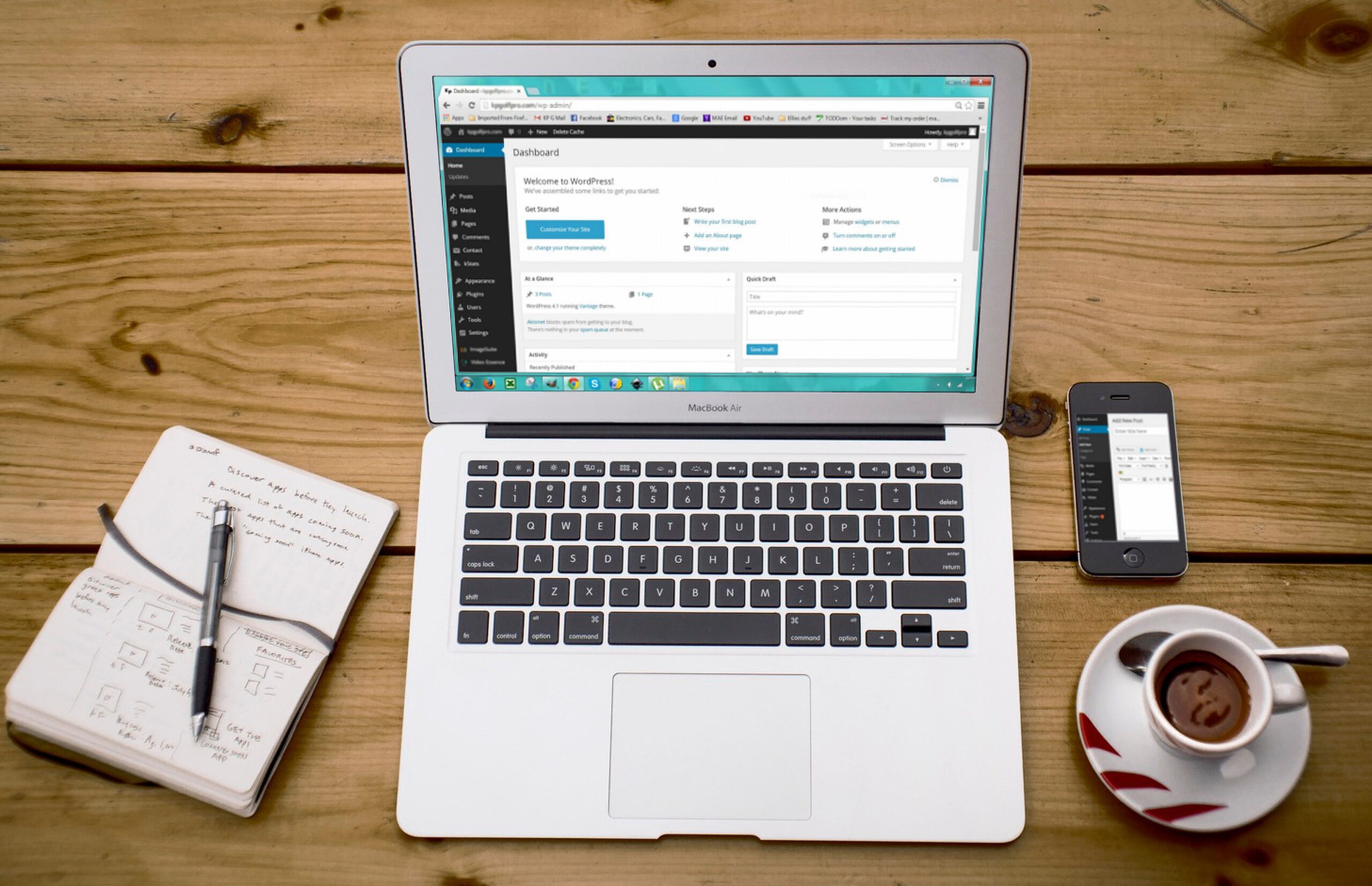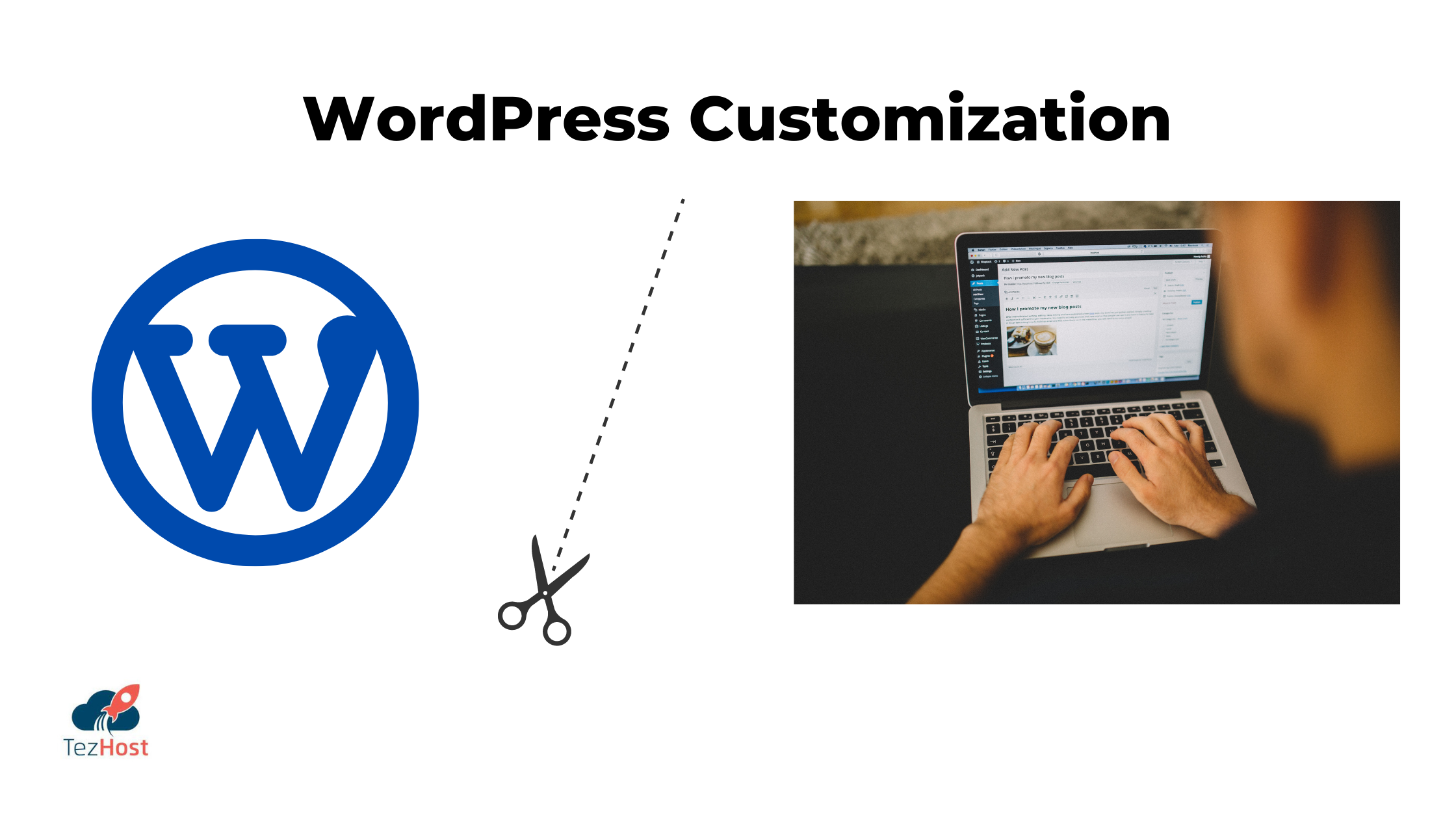Best Practices for Internal Linking on WordPress Sites
Are you struggling to boost your website’s SEO and drive more traffic to your pages? If so, you may be overlooking one of the most important elements of any website’s SEO strategy i.e., internal linking. In this post, we’ll be discussing the best practices for creating internal links on WordPress sites, as well as tips for monitoring and optimizing your internal linking. So, let’s get started!
Let’s first talk about what is internal linking and why it is so important.
What is Internal Linking and Why is it important?
Internal linking is the process of linking one page on your website to another page on your website. It may seem like a small detail, however, internal linking plays a huge role in how search engines crawl and index your site, as well as how easily users can navigate your site.
When search engines crawl your site, they use links to move from one page to another. By providing clear and descriptive links, you can help search engines understand the structure and hierarchy of your site.
Additionally, internal linking can help improve website navigation for users. By linking to relevant content, you can keep visitors on your site for longer and reduce the bounce rate. Internal linking also helps distribute link equity throughout your site, which can help boost the visibility of your less popular pages.
Best Practices for Internal Linking on WordPress Site
The following are the best practices for creating internal links on WordPress sites:
1. Use descriptive anchor text:
Anchor text is the visible text that is hyperlinked. Instead of using generic text like “click here” or “read more”, use descriptive text that gives users an idea of what they can expect to find on the linked page. But do not overuse them.
2. Link to relevant content:
When linking to other pages on your site, make sure the link is relevant to the content on the current page. This will help improve the user experience and keep visitors engaged.
3. Use a plugin to automatically link keywords:
There are several WordPress plugins that can automatically link keywords throughout your site, such as “Yoast SEO“ or “AIOS”. This can save you a lot of time and ensure that all of your pages are well-linked.
4. Avoid using too many links on one page:
While internal linking is important, it’s also important not to overload a page with too many links. This can confuse users and harm the user experience.
5. Utilize the “nofollow” tag when linking to external sites:
When linking to external sites, use the “nofollow” tag to tell search engines not to follow that link. This can help prevent link equity from leaking out of your site.
6. Use breadcrumb navigation:
Breadcrumb navigation is a type of navigation that shows users their current location within your site. This can be a great way to provide additional context for internal links and make it easy for users to find their way around your site.
7. Image Links with Alt Attributes:
Alt attributes, also known as “alt tags,” provide a text description of an image and serve as an alternative to images that may not load properly. When you use image links with alt attributes, you can provide a brief description of the linked page and give users and search engines an idea of what they can expect to find on the page.
Tips for monitoring and optimizing your internal linking
Follow the tips given below for internal linking:
1. Use Google Search Console to track your internal linking:
Google Search Console can provide valuable insights into how search engines are crawling and indexing your site. Use this data to identify any issues with your internal linking and make adjustments as needed.
2. Use Ahrefs or SEMrush to analyze your internal linking structure:
These tools can provide a detailed look at your internal linking structure and help you identify any areas that need improvement.
3. Regularly audit your internal links for broken links:
Broken links can harm the user experience and damage your SEO. Use a tool like Broken Link Checker to find and fix any broken links on your site.
4. Use a tool like Screaming Frog to find orphaned pages:
Orphaned pages are pages that are not linked to any other pages on your site. These pages can be difficult for users and search engines to find, so it’s important to link to them from other pages on your site. Screaming Frog can help you find orphaned pages so you can fix the problem.
Conclusion
Internal linking is a crucial part of any website’s SEO strategy. By following the best practices outlined in this post, you can help improve your site’s navigation, boost its visibility in search engines, and keep visitors engaged.
Now that you know the importance of internal linking, it’s time to implement these strategies on your own WordPress site. If you have any questions about internal Good Luck. Happy linking!
For more such informative and fun posts, head on to your Blogs section.
TezHost Editorial
TezHost Editorial staff is a team of Marketing experts lead by Arif Wali
Comment:






No Comments yet!